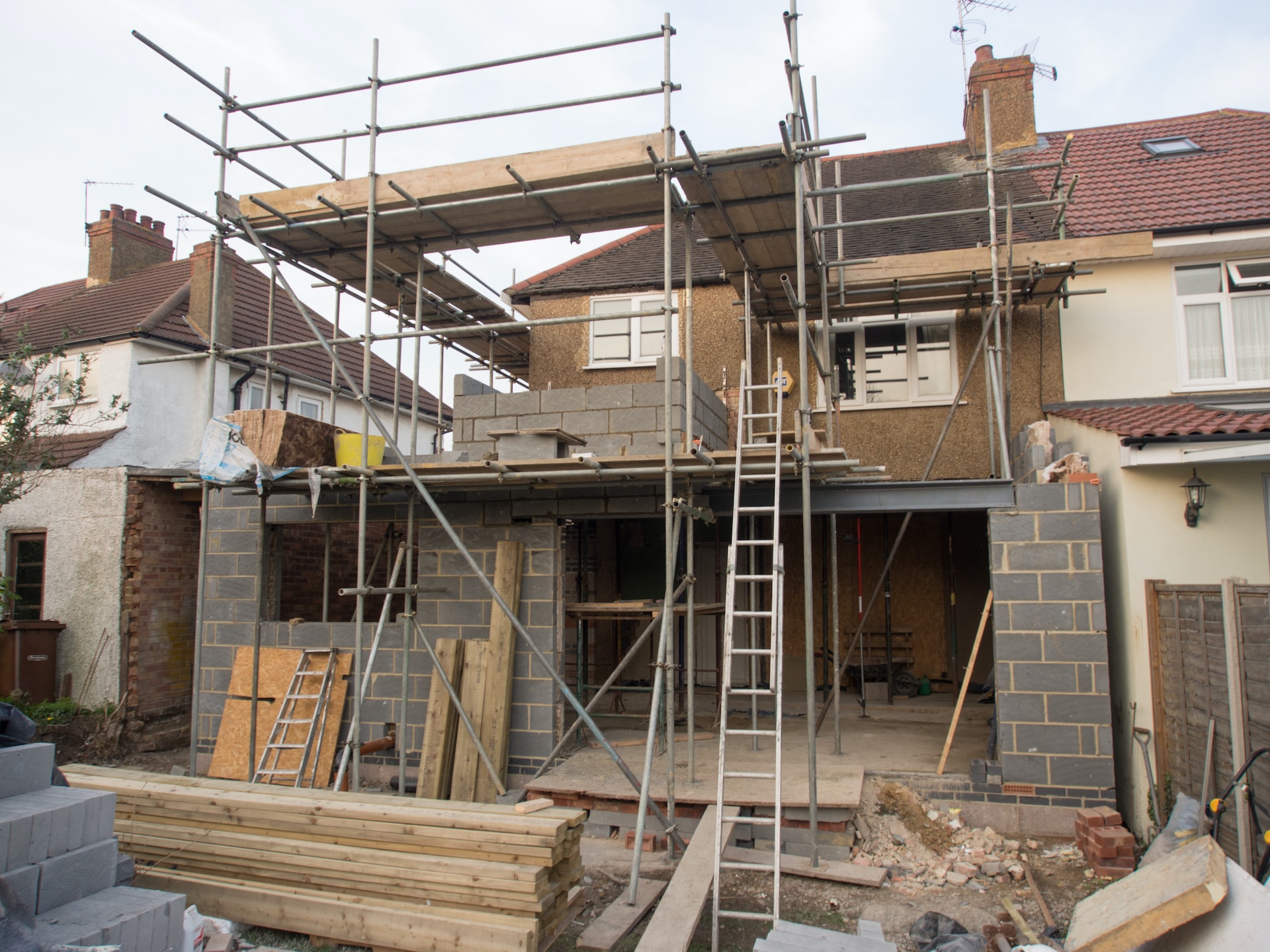Water Heater Repair: Recognize The Signs Of Trouble And Get It FixedWater Heater Repair: Recognize The Signs Of Trouble And Get It Fixed
Recognizing the signs of trouble with your water heater is the first step in getting it fixed. From leaking problems to strange noises,learn what some of the most common symptoms of water heater issues are so that you can troubleshoot and get your heater back on track as soon as possible.
Hot water heaters are an incredible invention. They allow us to clean our clothes,our dishes,and ourselves with comfort and ease. When they start having issues,though,or stop working altogether,our whole lives can be affected. Learn how to recognize some of the most common warning signs of trouble so that you can call a service expert right away. That way,you can get your heater and your homelife back on track with minimal interruption to your normal routine.
-
Experiencing a lack of warm water is one of the most distinct hot water heater problems you can experience. However,even this seemingly clear issue can come in a variety of incarnations and have a variety of causes. Do you have no hot water at all? Or do you simply run out of it far more quickly than you should? Or is your situation somewhere in between? All of these considerations,plus your make,model,and type of heater (i.e. traditional or tankless) will point to different diagnoses. In one case,it might be an issue with your thermostat. In another,it might be a glitch in your actual power supply. An appliance repair pro with expertise in hot water heaters will be able to assess your particular situation so that you can get it dealt with and get your hot water back!
-
Other hot water heater issues that commonly come up are:
* Leaks
* Strange noises
* Cloudy or discolored water
* Lukewarm water
Leaks can be caused by overheating,excessive pressure,or internal corrosion. Unusual noise,especially rumbling or popping noises in a tank,is often the sound of water boiling (which should not be happening). This is caused by a buildup of sediment in the bottom of the tank,which causes the bottom to overheat and actually boil the water. Cloudy or discolored water is also usually caused by excess sediment in the tank of a water heater. Lukewarm water most commonly means that your heating element isn’t working correctly. Again,the specifications of your heater–how old it is,what condition it’s in,and whether it’s a traditional model or a tankless style heater–might point to different diagnoses for these common symptoms. In many cases,an appliance repair service will be able to complete repairs to get things back on track. In others,however,you might need to get a water heater installation pro to actually put in a new unit. Whatever happens,though,the most important thing is that you end up with a fully functioning heater and plenty of water to do everything you need to do.
-
Having hot water on demand is much more than a luxury in this day and age–it’s a necessity. If you’re experiencing issues,get awater heater repairpro on the job to determine what the problem is and how to resolve it.


